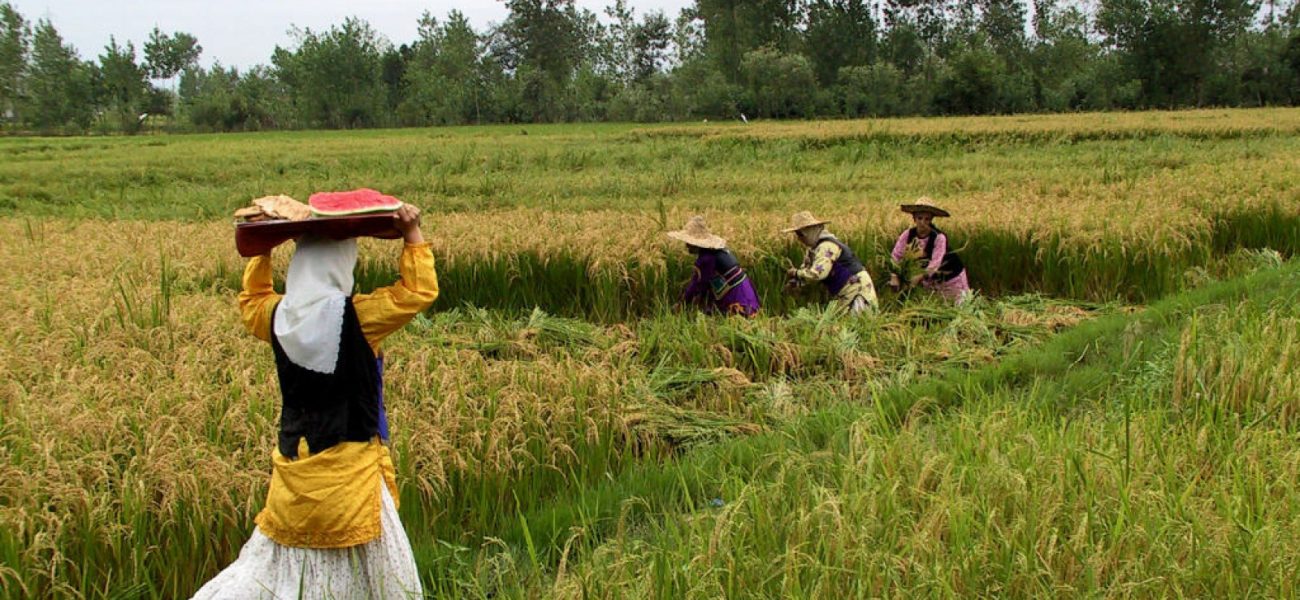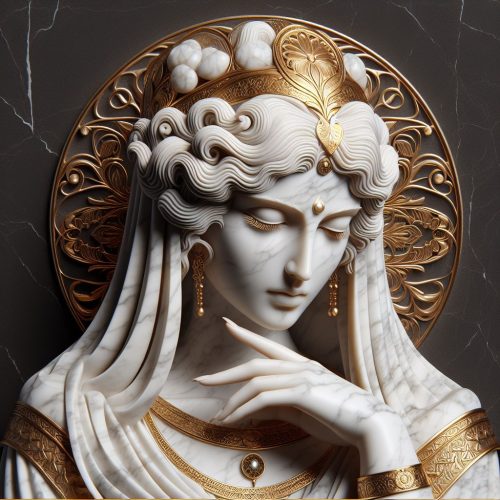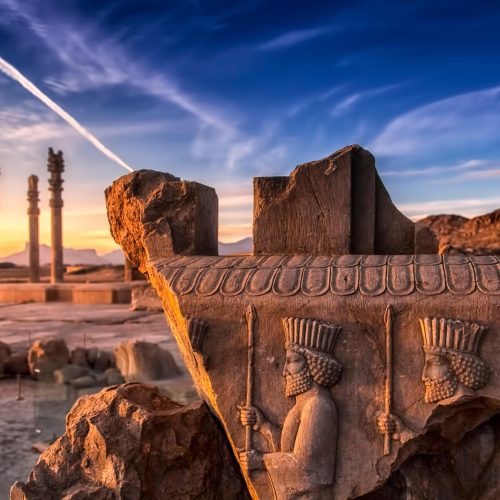Nestled in the lush, green landscapes of northern Iran, the provinces of Gilan, Mazandaran, and Golestan come alive each year with the vibrant and joyous Kharman celebration, or the Celebration of the Harvest. This traditional festival, deeply rooted in the agrarian lifestyle of these regions, is a testament to the rich cultural heritage and communal spirit of the people. It is a time when the hard work of the farming season culminates in a colorful and spirited festivity, celebrating the bounty of the earth and the harmony between nature and humanity.
A Historical Glimpse into the Kharman Celebration
The Kharman celebration has a history that stretches back centuries, its origins intertwined with the agricultural practices of northern Iran. The fertile lands of Gilan, Mazandaran, and Golestan have long been known for their abundant rice paddies, tea plantations, and diverse crops. Agriculture has always been the lifeblood of these regions, and the Kharman celebration emerged as a way to honor and give thanks for the harvest.
In ancient times, the Kharman celebration was not just a festival but a ritualistic event imbued with spiritual significance. It was believed that honoring the earth and the harvest would ensure prosperity and abundance for the coming year. Over time, these rituals evolved into a communal celebration, bringing together families, neighbors, and entire villages in a collective expression of gratitude and joy.
Preparing for the Harvest
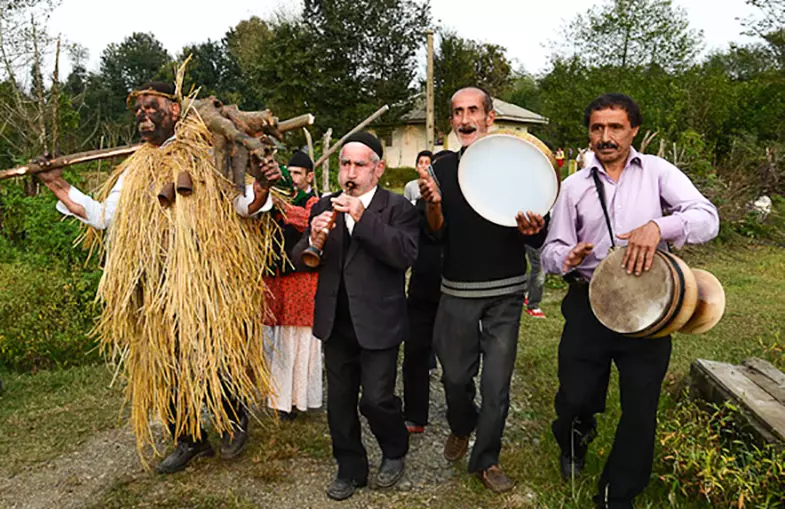
The preparation for the Kharman celebration begins long before the actual event. As the harvesting season approaches, farmers work tirelessly in their fields, reaping the fruits of their labor. The sight of golden rice fields swaying in the breeze, tea leaves glistening under the sun, and ripe fruits ready for picking is a visual symphony of nature’s bounty.
In the days leading up to the celebration, there is a palpable sense of anticipation in the air. Families and communities come together to prepare for the festivities. Homes are cleaned and decorated, traditional foods are prepared, and the excitement builds as everyone looks forward to the joyous occasion. The women of the villages often gather to cook traditional dishes, while the men and young boys work on setting up the communal spaces where the festivities will take place.
The Day of the Kharman Celebration
The Kharman celebration typically begins with the dawn of a new day, as the first light of the morning sun bathes the fields in a golden glow. The day starts with a special prayer of gratitude, offered to the divine for the bountiful harvest. This prayer, often led by the elder members of the community, sets the tone for the day’s festivities, reminding everyone of the spiritual connection between humanity and nature.
As the sun climbs higher in the sky, the real festivities begin. The fields and communal areas are transformed into vibrant spaces filled with laughter, music, and dance. Traditional songs, passed down through generations, fill the air, their melodies echoing the rhythms of the earth. Musicians with tambourines, drums, and flutes create a lively and joyous atmosphere, inviting everyone to join in the celebration.
One of the highlights of the Kharman celebration is the traditional dance known as “Shal Khoon.” This dance, performed by men and women in colorful traditional attire, is a symbolic representation of the harvest process. The dancers move in unison, mimicking the actions of planting, reaping, and threshing, their movements a tribute to the hard work and dedication of the farmers. The vibrant costumes, often adorned with intricate embroidery and bright colors, add to the visual splendor of the dance.
Traditional Foods and Delicacies
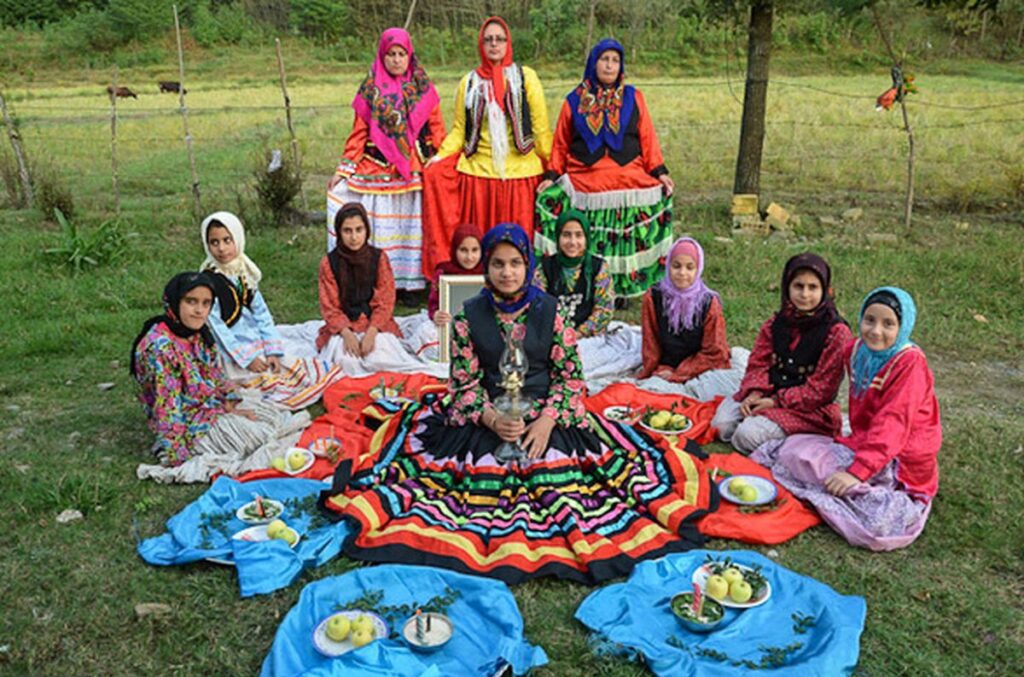
No celebration in Iran is complete without a feast, and the Kharman celebration is no exception. The tables are laden with an array of traditional foods, each dish a testament to the culinary heritage of northern Iran. Rice, the staple crop of the region, takes center stage in many forms. From fragrant saffron rice to savory rice dishes cooked with herbs and spices, the variety is endless.
One of the most beloved dishes during the Kharman celebration is “Mirza Ghasemi,” a smoky and flavorful eggplant dish made with tomatoes, garlic, and eggs. Another favorite is “Baghali Polo,” a fragrant rice dish cooked with dill and fava beans, often served with succulent pieces of lamb or chicken. The spread also includes an assortment of fresh fruits, nuts, and sweets, each bite a celebration of the region’s agricultural richness.
The Communal Spirit of Kharman
At its heart, the Kharman celebration is about community and togetherness. It is a time when the entire village comes together, putting aside their daily worries and tasks to celebrate as one. The sense of camaraderie and mutual support is palpable, as everyone contributes to the success of the festival. From the youngest children to the oldest elders, each person plays a role in the festivities, whether it is preparing food, decorating the communal spaces, or participating in the dances and songs.
One of the most heartwarming aspects of the Kharman celebration is the tradition of sharing the harvest with those in need. It is common for families to set aside a portion of their harvest to distribute among the less fortunate members of the community. This act of generosity and kindness is a reflection of the values that underpin the festival – gratitude, compassion, and communal harmony.
Folklore and Stories
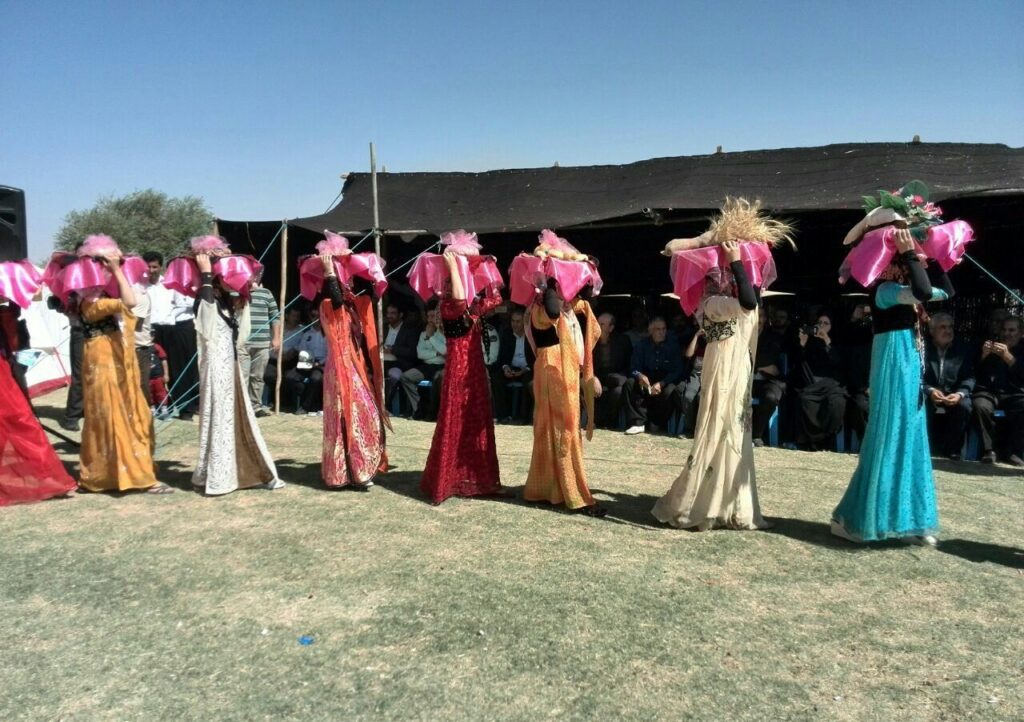
The Kharman celebration is also a time for storytelling, a cherished tradition in northern Iran. As the day turns into night and the festivities continue, elders gather the younger members of the community around and share stories from the past. These stories, often passed down through generations, are a blend of folklore, history, and personal anecdotes, each tale a thread in the rich tapestry of the region’s cultural heritage.
One popular story told during the Kharman celebration is the tale of “Amoo Kharman,” a mythical figure believed to be the guardian of the harvest. According to legend, Amoo Kharman roams the fields at night, ensuring that the crops are protected from harm and that the harvest is plentiful. Children listen with wide-eyed wonder as the elders recount the adventures of Amoo Kharman, their imaginations fueled by the magic of the stories.
The Symbolism of the Harvest
The Kharman celebration is steeped in symbolism, each element of the festival carrying a deeper meaning. The act of harvesting itself is symbolic of the cyclical nature of life – the sowing of seeds, the nurturing of the crops, and the eventual reaping of the fruits. It is a reminder of the interconnectedness of all living things and the delicate balance that sustains life on earth.
The communal aspect of the Kharman celebration is also deeply symbolic. It reflects the importance of unity and cooperation in overcoming challenges and achieving common goals. Just as the farmers work together to cultivate and harvest the crops, the community comes together to celebrate their collective achievements and express their gratitude.
The Evolution of the Kharman Celebration
While the essence of the Kharman celebration has remained unchanged, the festival has evolved over time, adapting to the changing social and cultural landscape of northern Iran. In recent years, there has been a renewed interest in preserving and revitalizing traditional festivals like Kharman, as a way of reconnecting with the past and celebrating cultural heritage.
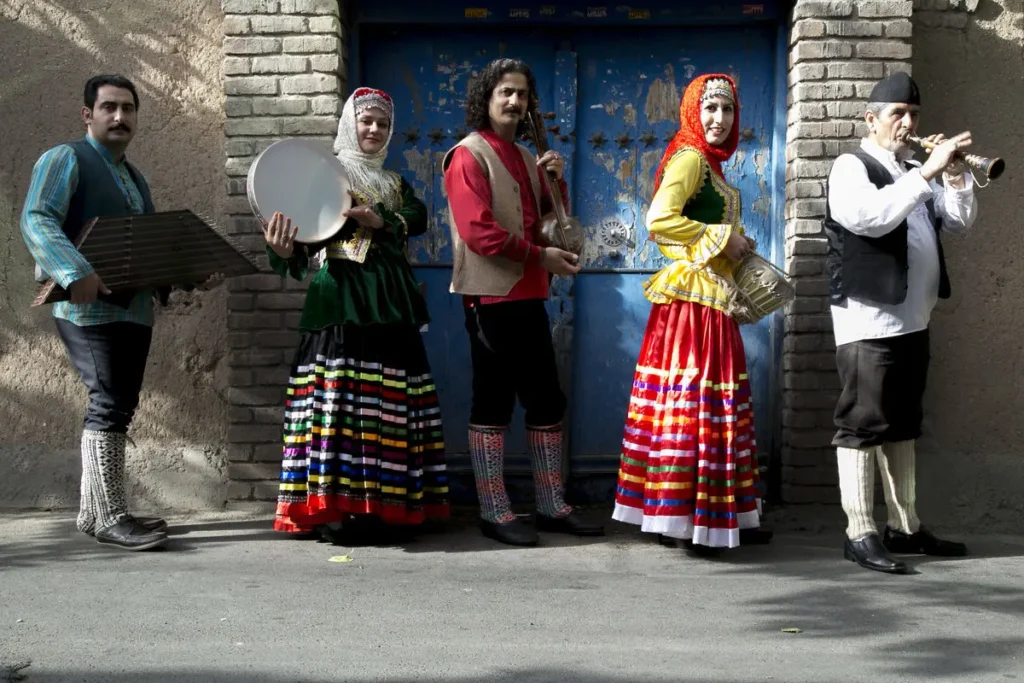
Today, the Kharman celebration is not just a local event but has gained recognition and appreciation beyond the borders of Gilan, Mazandaran, and Golestan. Tourists and visitors from other parts of Iran and even from around the world come to witness the vibrant festivities, experiencing firsthand the warmth and hospitality of the northern Iranian communities.
The Role of Women in the Kharman Celebration
Women play a central role in the Kharman celebration, their contributions vital to the success of the festival. From preparing the traditional foods to participating in the dances and songs, women are at the heart of the festivities. Their skills in cooking, crafting, and organizing are showcased during the celebration, highlighting their importance in the cultural and social fabric of the community.
In many villages, women also take on the role of storytellers, passing down the oral traditions and folklore of the region. Their stories, filled with wisdom and humor, are a cherished part of the Kharman celebration, connecting the younger generation with the rich cultural heritage of their ancestors.
The Environmental Aspect of the Kharman Celebration
In recent years, there has been a growing awareness of the environmental significance of traditional festivals like Kharman. The celebration serves as a reminder of the importance of sustainable agricultural practices and the need to protect the natural environment. Efforts are being made to promote eco-friendly practices during the festival, such as reducing waste, using locally sourced materials, and encouraging organic farming methods.
The Kharman celebration also provides an opportunity to educate the younger generation about the importance of preserving the environment. Activities such as tree planting, clean-up drives, and educational workshops are often organized as part of the festival, fostering a sense of environmental responsibility and stewardship among the community members.
Personal Reflections on the Kharman Celebration
As someone who has had the privilege of experiencing the Kharman celebration firsthand, I can attest to the profound sense of joy and connection that permeates the festival. The sight of families coming together, the sound of traditional music and laughter, and the taste of delicious, lovingly prepared food all create an atmosphere of warmth and community that is truly special.
One of my most cherished memories is participating in the “Shal Khoon” dance, feeling the rhythmic movements and the collective energy of the dancers. The sense of unity and shared purpose was palpable, a testament to the enduring spirit of the Kharman celebration. It is a reminder that despite the challenges and changes that life brings, the essence of community and tradition remains strong, anchoring us to our roots and guiding us forward.
The Future of the Kharman Celebration
Looking ahead, the future of the Kharman celebration is bright, with efforts to preserve and promote this cherished tradition continuing to gain momentum. Local communities, cultural organizations, and government initiatives are working together to ensure that the festival remains a vibrant and integral part of the cultural landscape of northern Iran.
There is also a growing recognition of the importance of documenting and recording the traditions and stories associated with the Kharman celebration. Efforts are being made to create archives, publish books, and produce documentaries that capture the essence of the festival, ensuring that future generations can learn about and appreciate this rich cultural heritage.
The Kharman celebration is more than just a festival; it is a living testament to the resilience, creativity, and communal spirit of the people of northern Iran. It is a time to honor the earth, celebrate the harvest, and come together in a joyous expression of gratitude and unity. As we look to the future, the Kharman celebration will continue to be a beacon of cultural heritage, a reminder of the timeless connection between humanity and nature, and a celebration of the enduring spirit of community.

